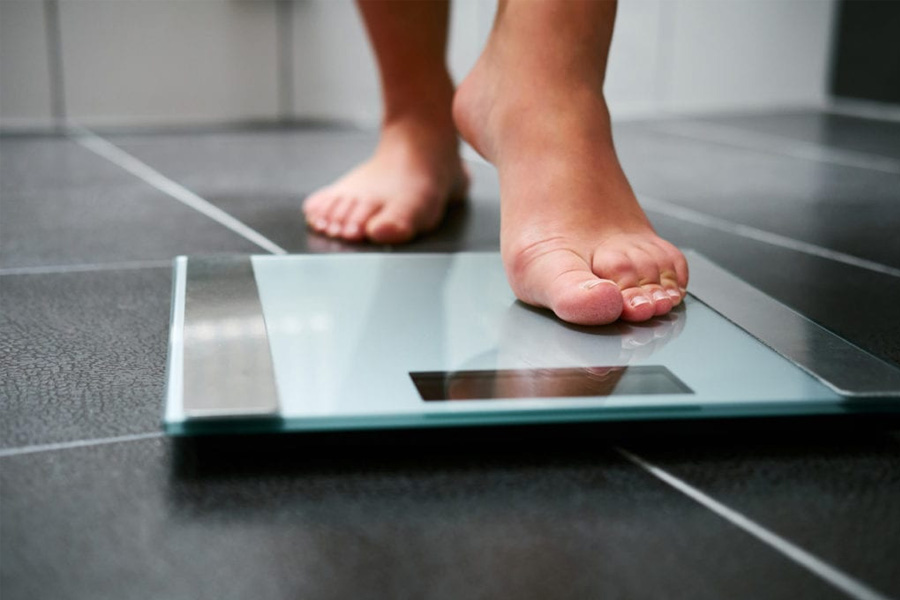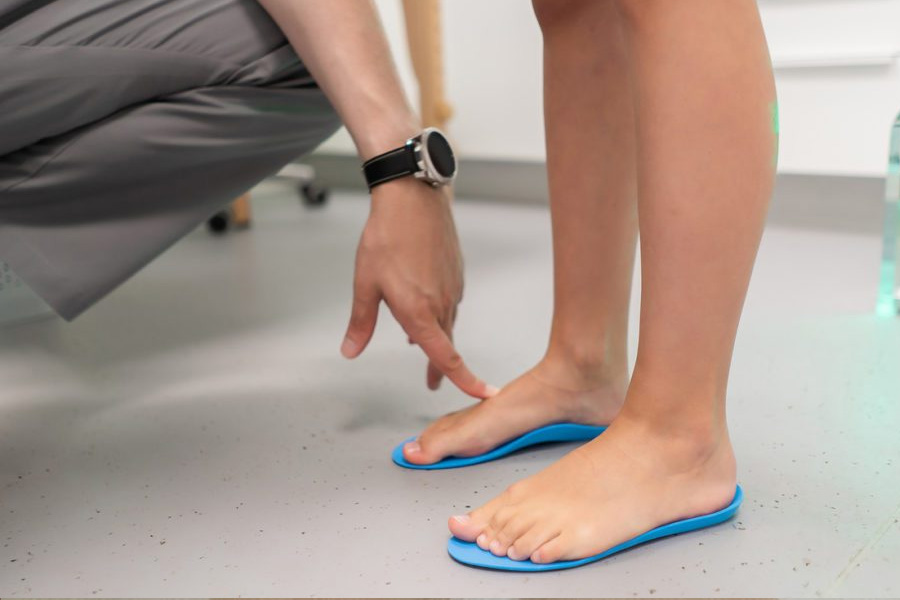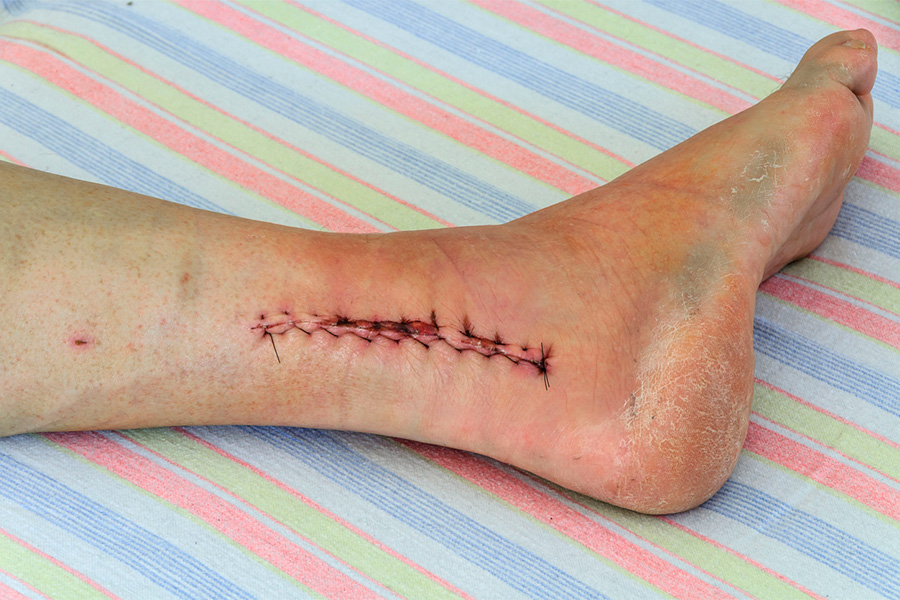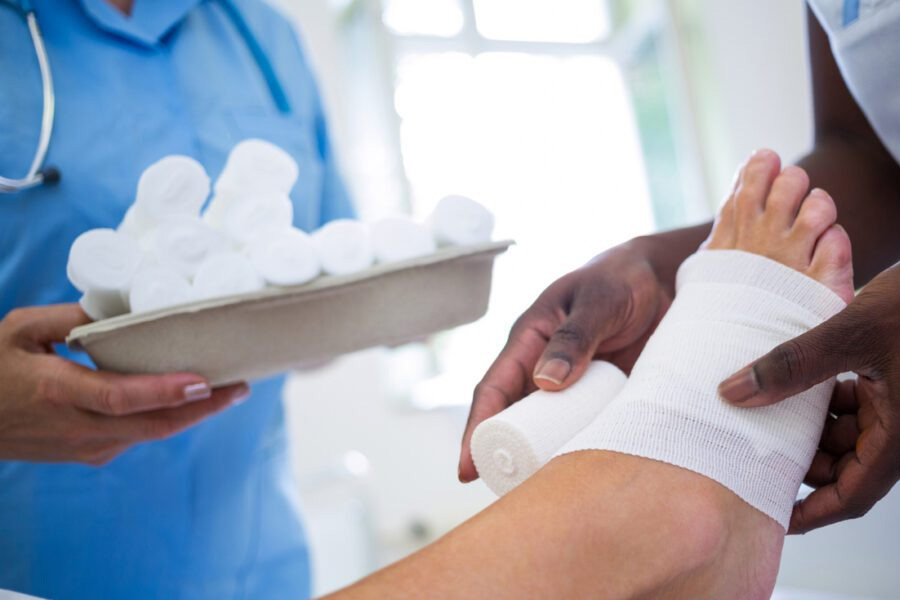So, as Cincinnati prepares for the next Flying Pig Marathon to begin 11 short months from now, it’s a good time to get a jump on taking care of your feet and legs so that you’ll be in tip-top condition in 2020.
Since this year’s race just wrapped up, there may be quite a few runners still nursing aching, abused feet and wishing they had paid closer attention to certain aspects of their training. Below are some tips to help you avoid their fate.
Preparing to Run a Marathon
When you run 26.2 miles, you’re going to find lots of places where your feet hurt. By beginning your training early, it can help you avoid problems appearing just before or during the race.
But before you begin, visit your podiatrist and explain your training regimen. Getting your feet checked ahead of time can put you ahead of the pack when it comes to optimizing your training for the best possible marathon results.
Once you’re given the go-ahead by your doctor, one of your first steps may be to toughen your feet. Legend has it that Shaka, tribal leader of the Zulus of South Africa, made his men run barefoot across large thorn patches until their feet were as tough as shoe leather. While that may be a bit extreme, there is something to be said about having feet with a certain amount of callouses that can prevent blisters from forming.
You might want to try certain products with acids designed to toughen the plantar fascia pad of the foot. Some people have tried rubbing half a lemon on their feet to dry the skin on the sole of the foot, to help it withstand the rigors of the race. If you do either of these things, be sure to also use moisturizing cream in the same areas, perhaps before going to sleep and paying attention to any sensitivity. Still, you’ll want to run this process by your podiatrist to be sure it’s right for you.
Insoles, Shoes, Socks
If you plan to buy new running shoes, make sure you have ample time to break them in before the marathon. Many runners have been done in by wearing new shoes that aren’t adequately broken in, which usually takes 4-8 weeks.
Breaking in new shoes is often easier to accomplish when the shoes are paired with customized insoles that you’re used to. These insoles should conform to your feet and provide maximum comfort by absorbing the shock of your feet pounding the pavement. You’ll also want to be sure the insoles are in prime condition on race day – that they conform to your feet, are comfortable, and still have plenty of spring left in them to handle your grueling marathon pace.
Your podiatrist can make sure you choose the right type of orthotics, and how to tell when it’s time to get new ones.
Train in socks and clothing that are designed to wick away moisture. This will help reduce friction and keep your feet in the best possible condition. Train using the clothes and gear you intend to use on race day, so you become aware of anything that may be too tight, too loose, scratchy, or irritating in any way. Do not add anything new to your ensemble on race day. Everything should be tried, true, and broken in to afford maximum comfort when it comes time to do those 26.2 miles.
After the Marathon
Following the marathon, the first thing you’ll want to do is congratulate yourself for making it!
Second, regardless of the steps you’ve taken in preparation for the marathon, you will likely have experienced some trouble spots during the 26.2-mile race. Address these issues with bandages, antibiotic ointments, and moisturizer as needed. Allow your feet and legs sufficient time to heal and recover. It wouldn’t hurt to visit your podiatrist to address any open sores and advice on what you may be able to do better next time.
Visit a podiatrist at Cincinnati Foot & Ankle Care and get your feet examined for any type of stress fractures, bunions, callouses, or anything that could negatively affect your ability to run. Once you get the all clear, you can start getting ready to beat your time in the flying pig next year! Call the CFAC location nearest you or request an appointment now.





